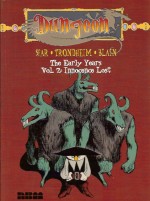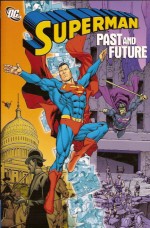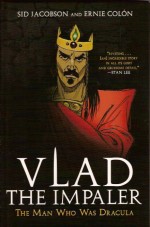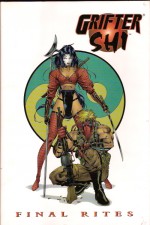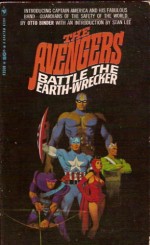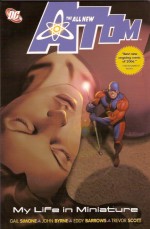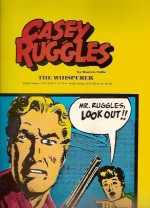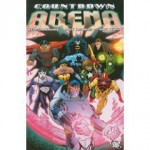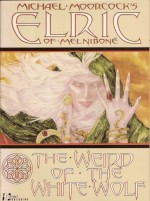
By Alan Hardman with commentary by Lynn Walsh (Miltant/Mentorn)
No ISBN:
I thought I’d combine controversy and nostalgia by reviewing this now just in case the titular subject of the brilliantly bitter satire and vitriolic graphic commentary within finally pops her clogs and whatever meagre pretension to good taste I possess subsequently scuppers me from ever doing it.
Along with sex, religion and fighting, politics has always been the grist that feeds the cartoonist’s mill, and like many other creative people I often bemoan the fall of the Thatcher regime (it’s still hard to call it a government as those are systems of management purportedly run for people and society) because – and only because – it deprived us all of spectacularly worthy targets.
The best political cartooning comes from outrage and the Tory administrations of the 1980’s provided one bloated, bile-filled easy mark after another. Just look at TV’s Spitting Image which grew fat and healthy off that government’s peccadilloes, indignities and iniquities (as well as Reagan’s America and the Royal Family) in just the way that millions of unemployed and disenfranchised workers, students and pensioners didn’t.
From 1980 comes this starkly powerful collection of incisive images by justifiably vitriolic socialist cartoonist Alan Hardman (still fighting the good fight to this day) which originally appeared in Militant, the periodical of the Marxist-leaning portion of the Labour party, just before the internal crisis in the mid-80’s led to expulsions of the hard Left and the creation in 1997 of the Socialist Party. The infamous and demonized faction Militant tendency was named after the newspaper.
Militant began after the successful 1964 election of Labour as a four page monthly publication, growing into a 16 page weekly by the late 1970s, outlining policies of the Militant tendency and publicising its activities and campaigns.
Content in the newspaper usually carried a by-line stating, author, his or her Party branch, and/or the trade union branch. Militant never employed professional journalists. There was even a quarterly sister publication: the journal, Militant International Review, dedicated to more substantial analysis of global economic and political events. It became Socialism Today in 1995. Militant was renamed The Socialist when the Militant tendency changed its name.
None of which really matters now, but these cartoons have stood the test of time and surely deserve another look, not just because of their power and passion but also because a really great villain can always stand another good kicking.
© 1980 Alan Hardman.

